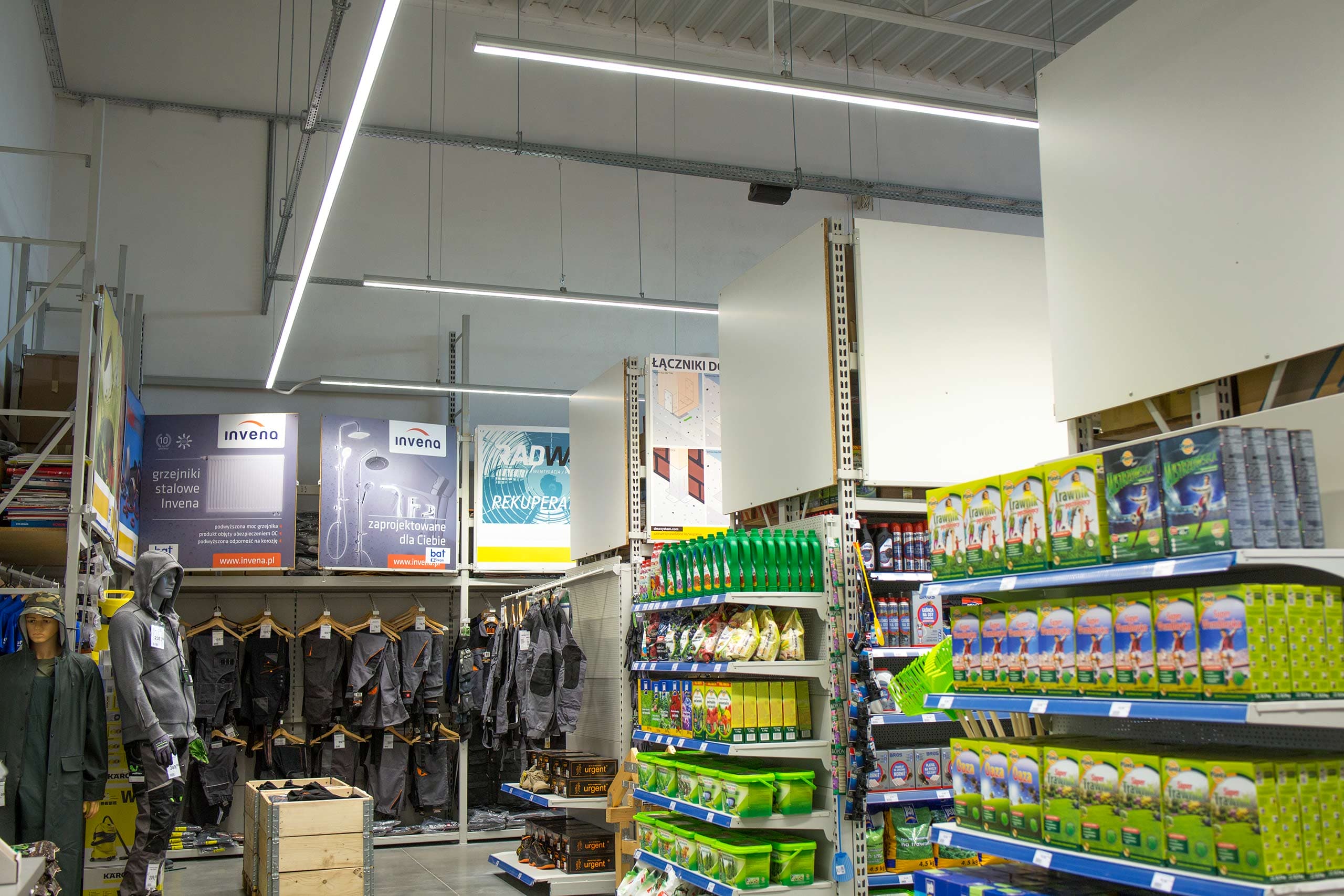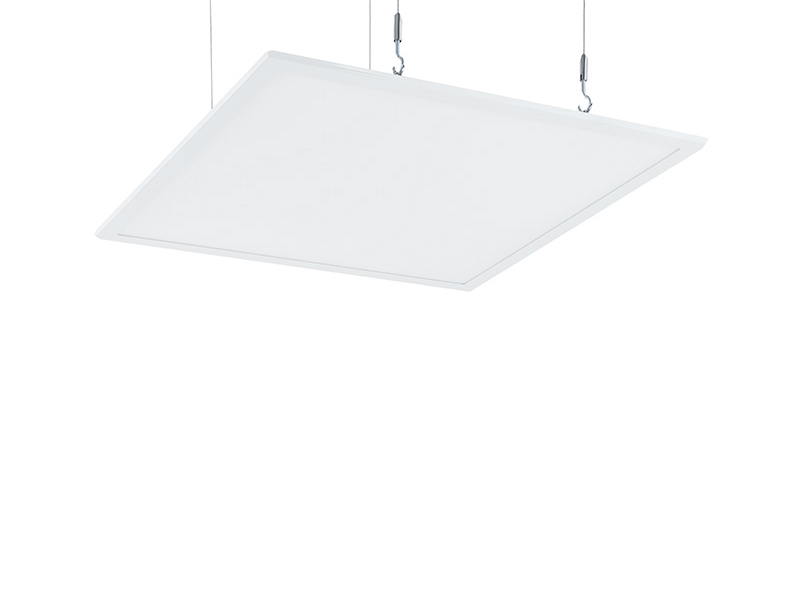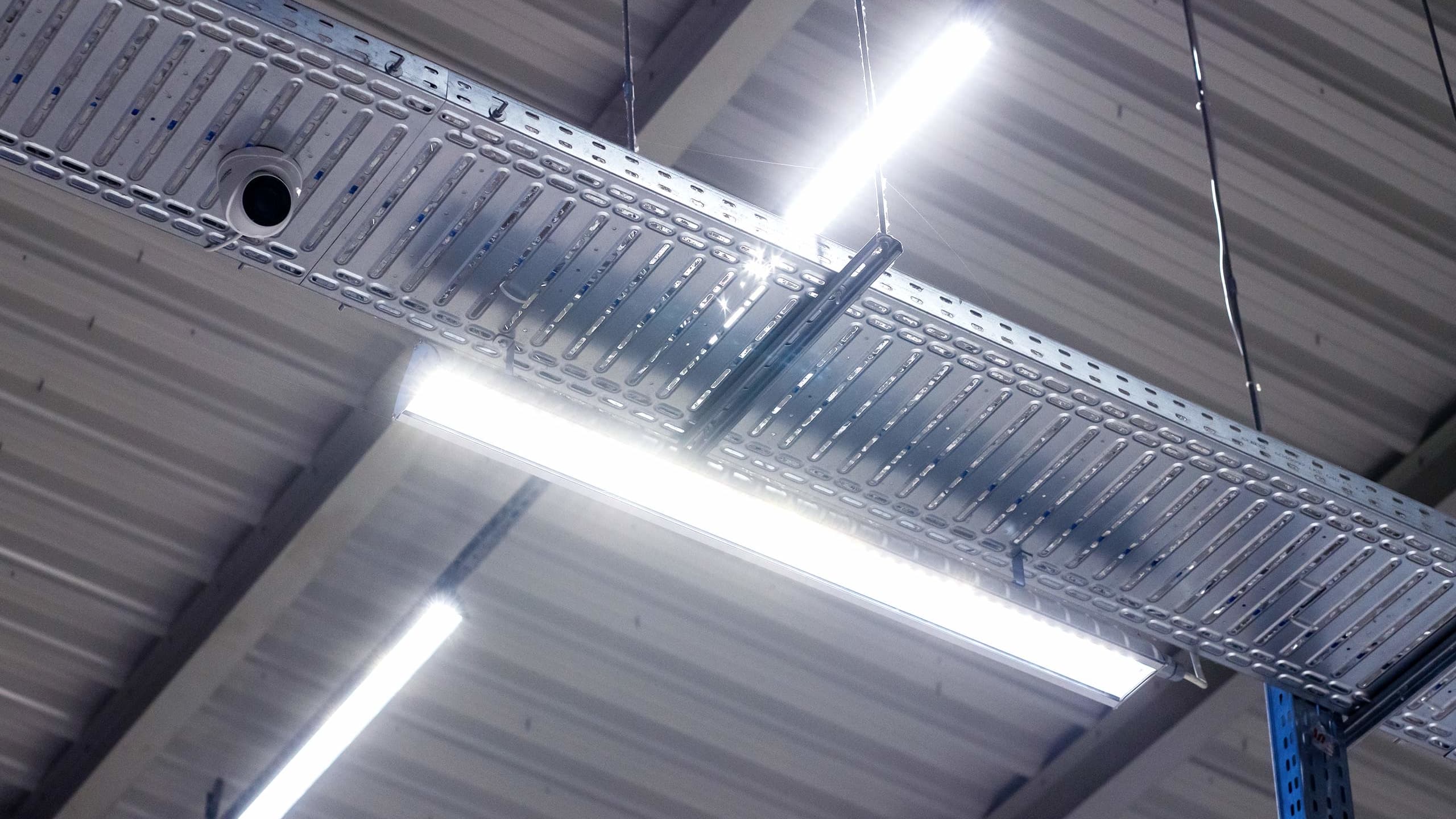The lighting of a grocery, clothing or craft shop is of paramount importance. The process of selecting and designing a lighting system for retail spaces should begin by recognising the nature of the business and the products on display. This stage involves analysing the challenges of proper lighting that modern LED luminaires must meet. The desired lighting scenarios vary depending on the type of retail facility. How to select lighting for a shop so that it meets the expectations of its owners and has a positive impact on the perception of the offered goods? These questions are briefly discussed in this publication.
Here, you will find out more about:
- shop lighting and its impact on purchasing decisions,
- important lighting parameters in retail spaces,
- LED lights used in shop lighting.
How does shop lighting affect customers?
The lighting of retail spaces sets new goals for luminaire manufacturers. Customers’ purchasing decisions are closely linked to the display and highlighting of the attributes of the products being sold. Therefore, appropriately selected lighting plays an important role here. This applies to both general system light sources, which create a pleasant atmosphere, and additional luminaires, which highlight the items in question. This issue is worth taking a broader approach, as it is influenced by many aspects such as the parameters of the light source, its design and quality.

LED shop lighting – important parameters
How can shop lighting be selected to best fulfil its purpose? LED lighting, due to the variety of properties, is widely used in many commercial facilities. A good shop lighting design has several key features.
Lighting intensity
General lighting and display lighting in retail facilities must work together. The general system luminaires are a kind of background for the product display. For this reason, it is important that surfaces as well as passageways are uniformly illuminated, while at the same time maintaining an adequate level of light. Display lighting, on the other hand, is intended to draw the attention of potential customers to the selected products, which is why the number of lights is usually greater than for general systems. Light stream orientation, to highlight the product qualities, is also important.
Light colour and spectrum
The colour of light also plays a major role in general lighting. For this purpose, LED luminaires generating neutral light with a colour temperature close to 4000 K are best, providing a comfortable environment for customers and employees.
However, for effective auxiliary lighting, the contractors should also have special LED lamps in their portfolio, in addition to classic white light sources. The luminaires made with this technology provide light with a modified spectrum, so it is possible to provide dedicated lighting for, among other things :
- fish and seafood,
- red meat,
- vegetables and fruits,
- bakery products,
- clothing and textiles.
The colour rendering index should also be borne in mind when talking about what kind of lighting a shop should have. This is responsible for the correct perception of colours by the human eye and is particularly important when lighting a fashion shop. The minimum value for indoor use is CRI 80. This will ensure that the products will look almost identical to those in sunlight.
Glare factor
A low UGR, a parameter directly related to glare, can adversely affect customers. It is important to minimise this effect. The glare factor characterising LED luminaires in retail spaces should be lower than 19. This will make the illuminated space more comfortable.

LED lights used in shops
When supplying lighting systems to shops, it is necessary to ensure the proper conditions in a number of situations. Therefore, it is not possible to say what type of LED lamp will be best for lighting in retail spaces. However, care must be taken to ensure good quality lighting. In order to choose the right luminaires for a specific task, the manufacturer should have at least several types in its range. The main types of light sources include:
Tracklight luminaires, which generate a narrow beam of light. These can be used to highlight the area of a display counter, a showcase with the latest clothing collection or a jewellery counter.
LED linear lamps, i.e. light sources such as Lumiline LED or Trunking LED, which are ideal for general lighting. They make it possible to achieve the highest uniformity, and high efficiency has economic benefits i.e. savings. In addition, the LED Trunking system allows for the quick rearranging of the lighting scenes at the installation site.
Edge LED, a louvre luminaire providing light with high uniformity. This type of luminaire performs very well in, for example the checkout area, among others.
These are the basics on how to select lighting for a shop. However, design is key. Do you need light sources for a retail facility? – Fill in the form below.

Do you have additional questions?
Ask our expert
See other articles
What is discomfort glare?
Every one of us has, on more than one occasion, experienced dazzling light, which, in practice, is known as discomfort glare. Commonly referred to as glare, this effect adversely affects the eyes, reducing vision and recognition.
Lumens to watts – how to convert the luminous flux?
The luminous flux of LED lighting is given in lumens. With traditional light sources, on the other hand, the luminous intensity was usually determined as the power they consumed in watts. To be able to at least compare the two sources to some extent, it is necessary to convert lumens to watts. Therefore, in this article we address this issue.

Masz dodatkowe pytania?
Zapytaj naszego eksperta







